Nitrogen Uptake, Distribution, and Utilization in Hard Red Spring Wheat Varieties
Study author(s): Albert Sims, Bhupinder Farmaha, and Jochum Weirsma, University of Minnesota
Years of study: 2010 – 2012
Location(s): Northwest Research and Outreach Center, Crookston MN
Important: for the complete report, including all tables and figures, please download using the link(s) to the right.
summary
Hard Red Spring Wheat (HRSW) is grown on approximately 1.75 million acres in Minnesota and contributed over $700 million to Minnesota’s economy in 2008. High grain yields and protein concentrations are essential to sustain HRSW in the crop rotation. Growers measure their production success by grain yield, but the price received for those yields is greatly influenced by grain quality, in particular grain protein concentration. Sometimes price premiums are offered for grain protein over 14%, but more often a price penalty is incurred for grain protein less than 14%. Many factors determine grain yield and protein including the environment; which includes soil characteristics and weather; the variety grown; and N availability, the most critical nutrient determining yield and grain protein content.
Spring wheat varieties are categorized by their relative differences in yield and protein. Some varieties have high yield and moderate protein potential while others have moderate yield and high protein potential. This difference suggests that these varieties vary in their N uptake and its utilization within the plant. Can N management vary with variety to optimize fertilizer N use in high yielding wheat production systems? Minnesota research earlier this decade evaluated the response of four HRSW varieties to N fertilizer rates. Maximum grain yield varied among the varieties, but their responses to fertilizer N were quite similar. However, the grain protein responses to N rates among the varieties were less clear. Total amount of protein produced was very similar among the varieties. Therefore, the grain protein differences observed were primarily caused by differences in grain yield. This suggests these varieties were translocating similar amounts of N to the grain (protein), but their ability to maintain biomass production for yield was quite different.
Four HRSW varieties commonly grown in Minnesota were selected based on variety trial results conducted at various locations within the state. Varieties will be screened at some point in the future for the presence or absence of the marker associated with the Gpc-B1 allele. Meanwhile, the likelihood of a variety having the Gpc-B1 allele was deduced based on its pedigree and association with varieties known to have the Gpc-B1 allele. Four N fertilizer rates were included to evaluate varieties under situations of no N application (N1), N stress (N2), N sufficiency (N3), and N excess environments (N4). Specifc objectives were to: 1) Evaluate differences in N uptake efficiency during the growing season of the four varieties; 2) Evaluate vegetative N remobilization characteristics of these varieties during reproductive growth and relate those characteristics to N uptake efficiency; 3) Relate the N uptake and N remobilization efficiencies of these varieties to N utilization to produce grain yield and grain protein.
